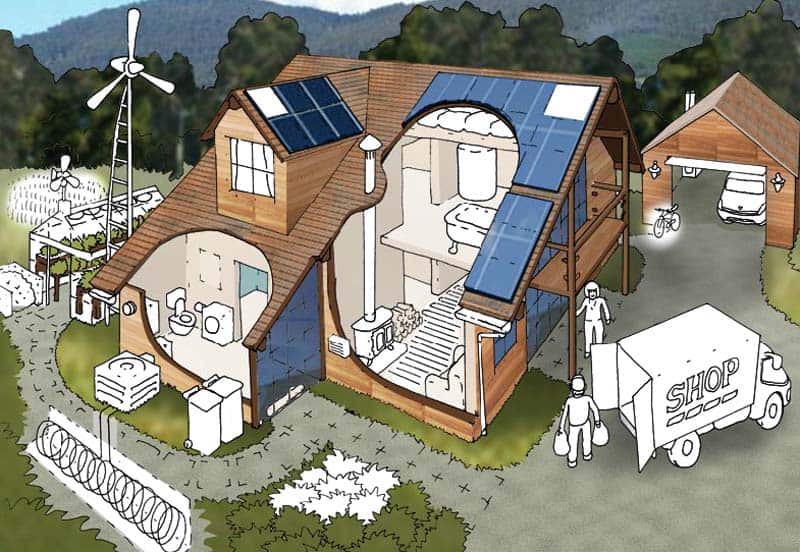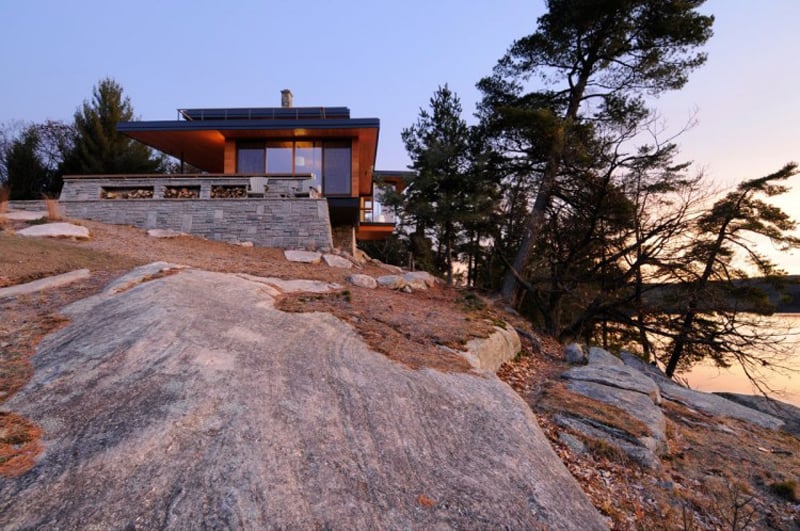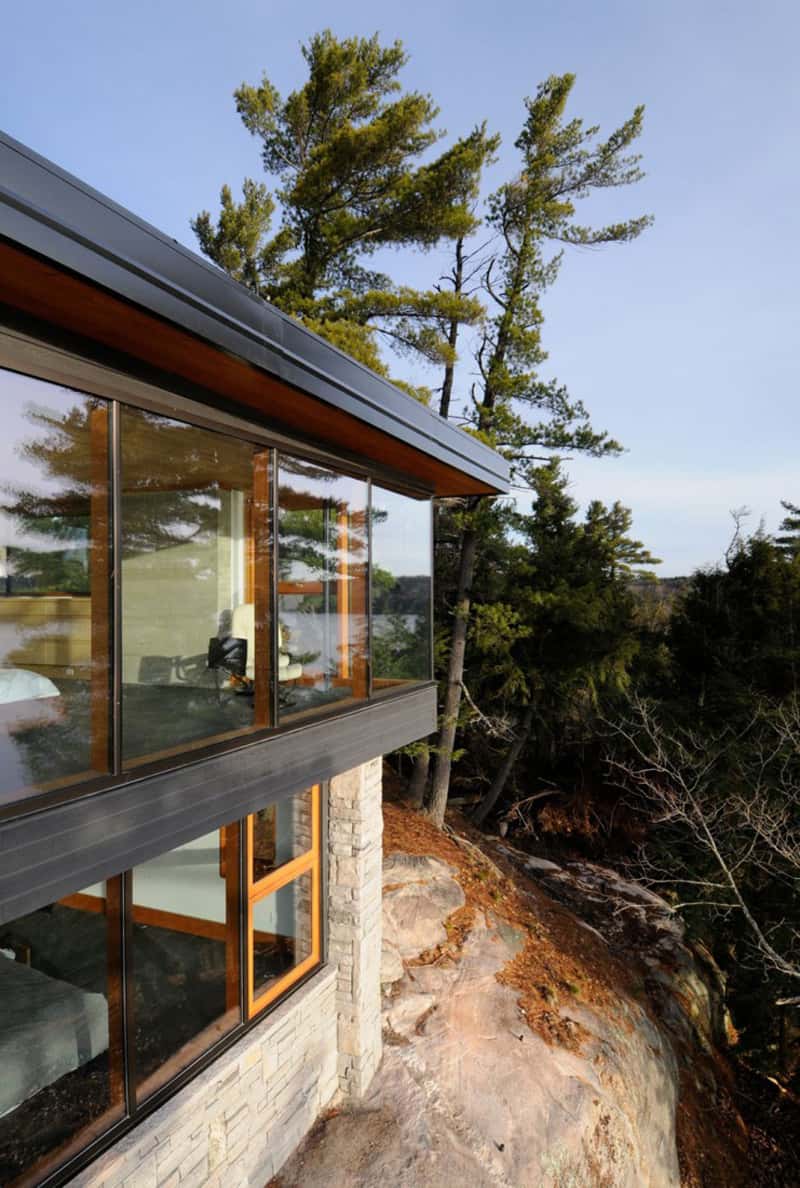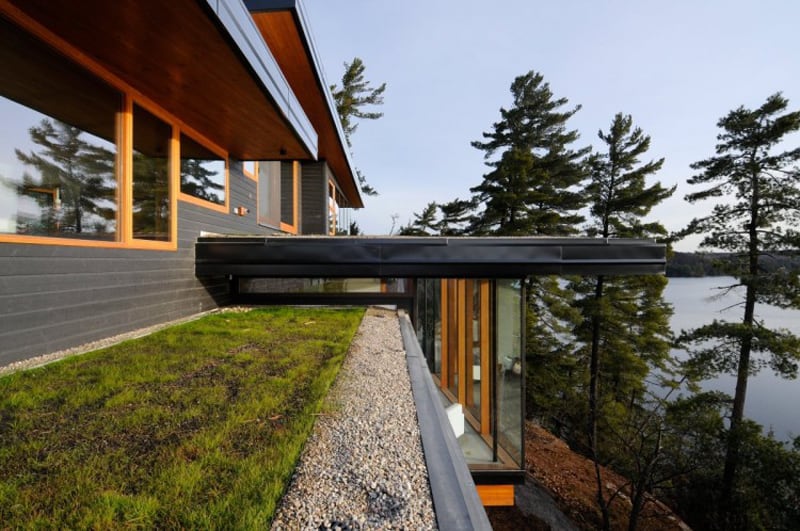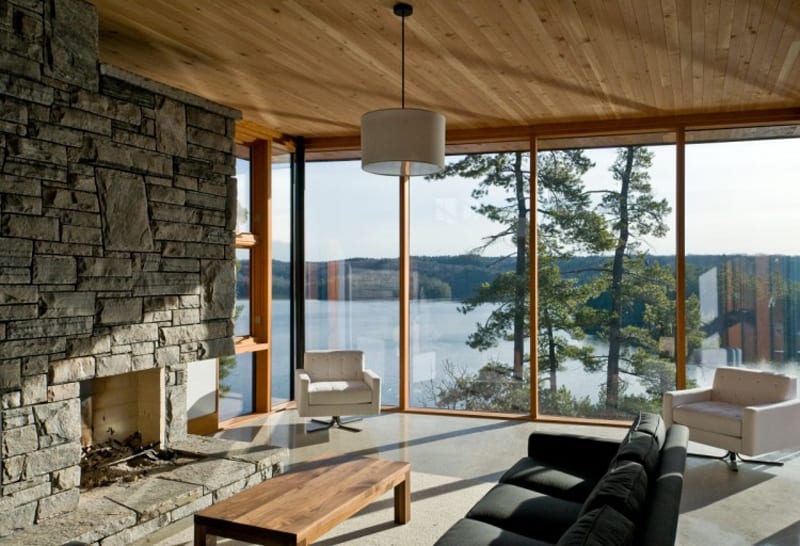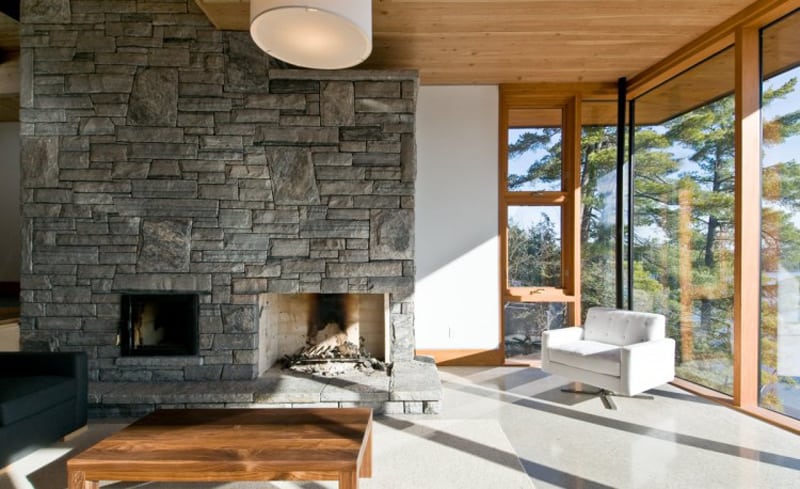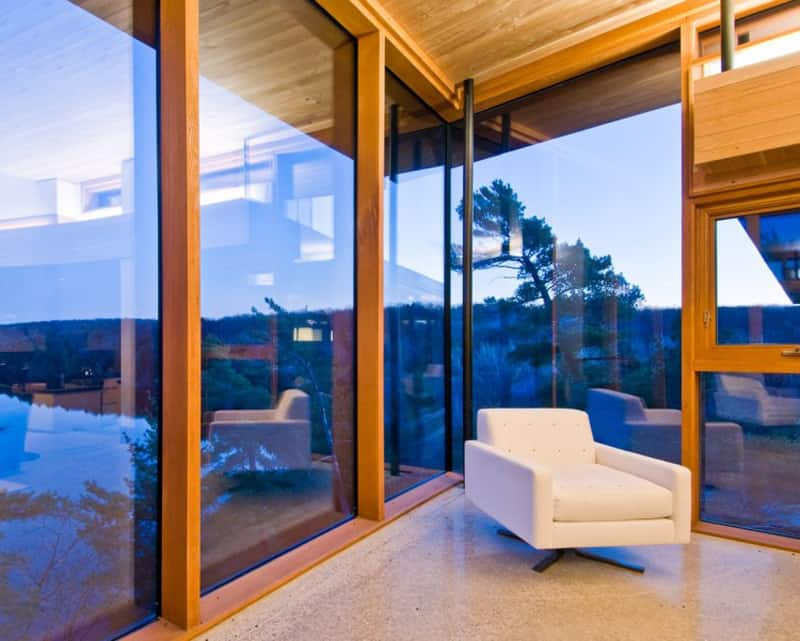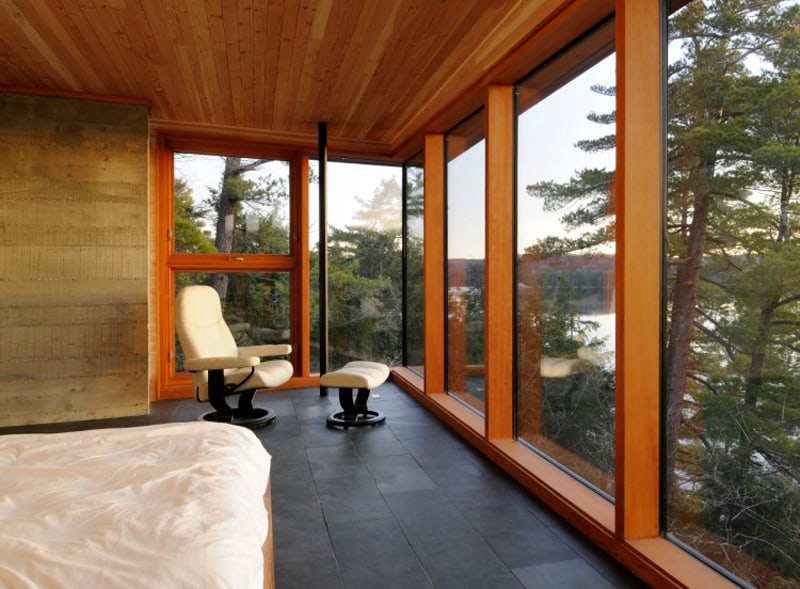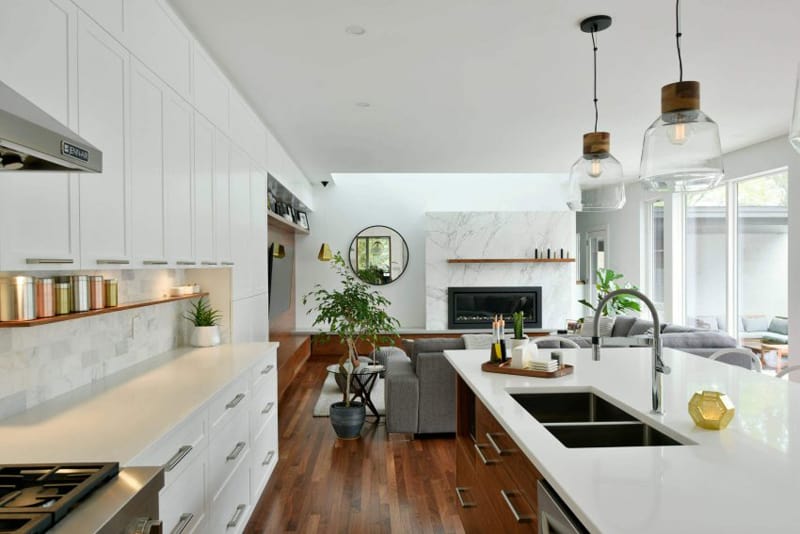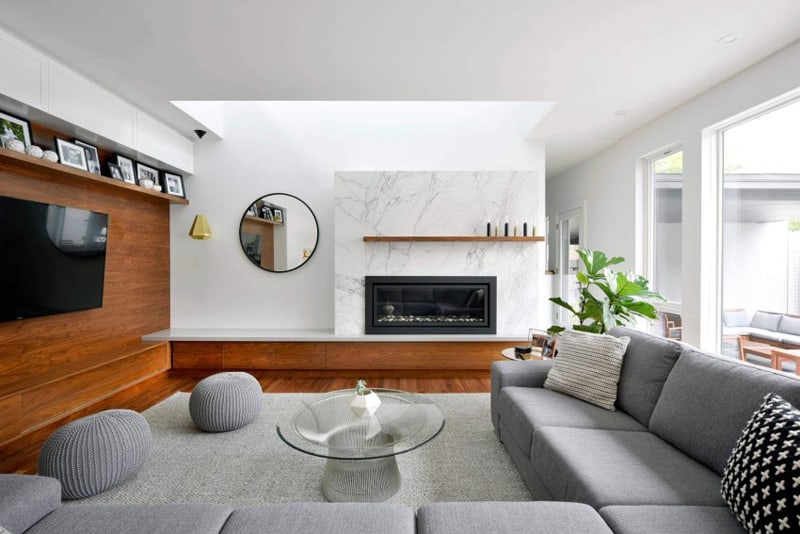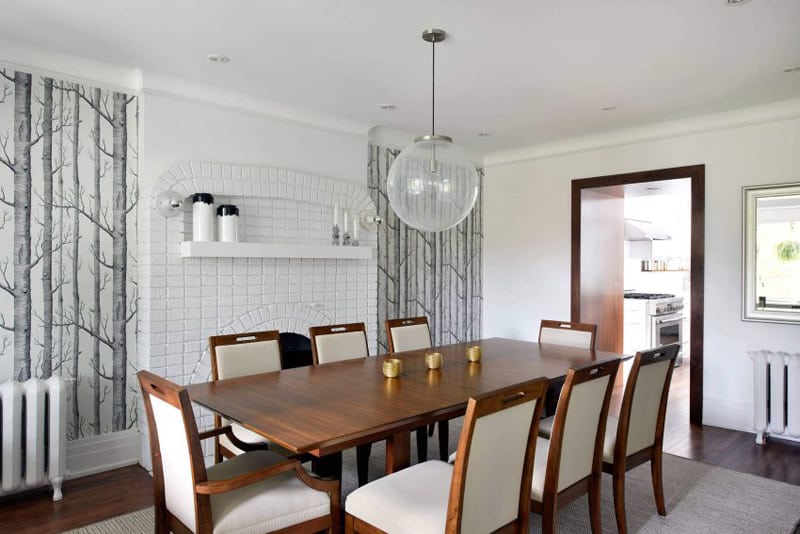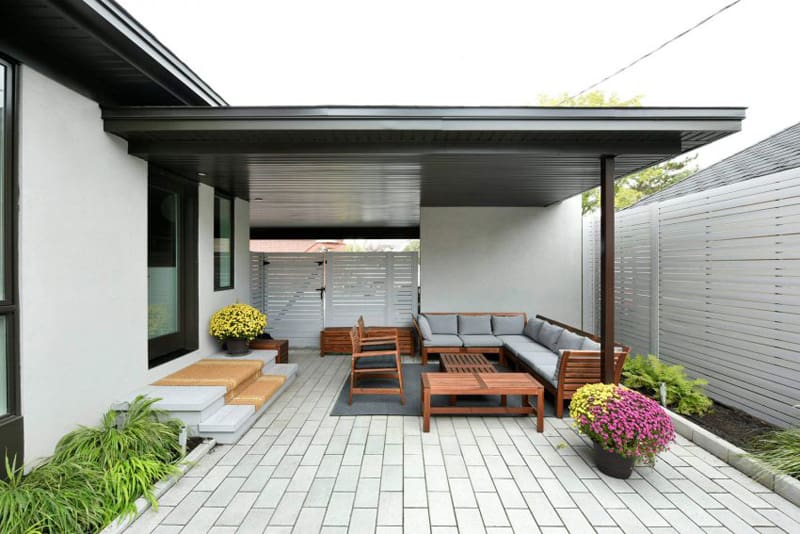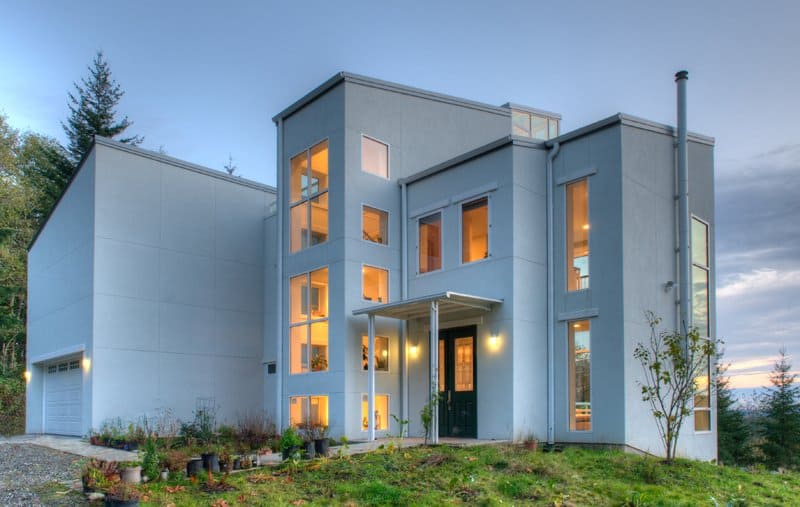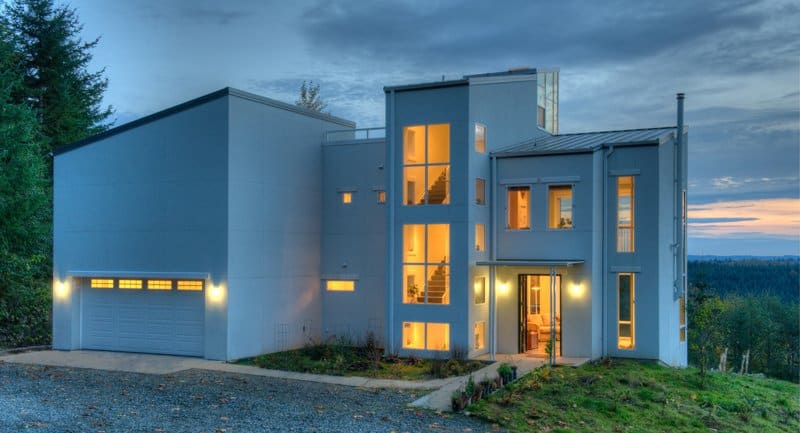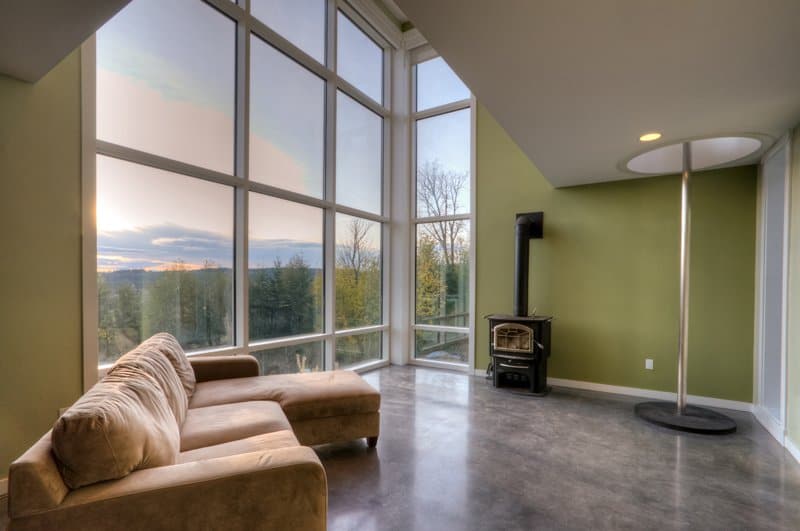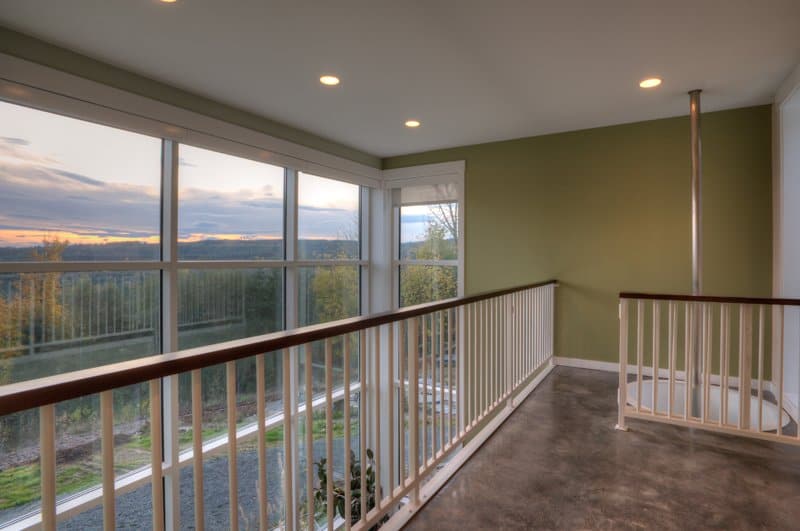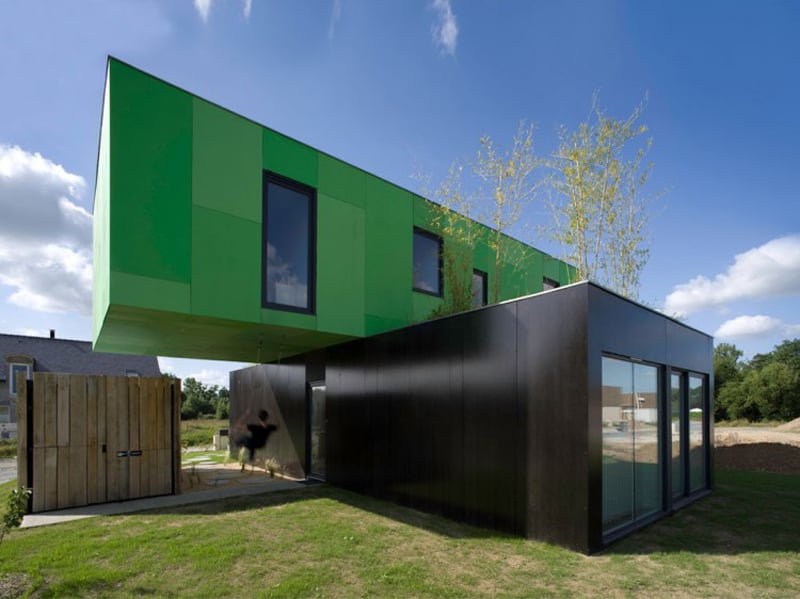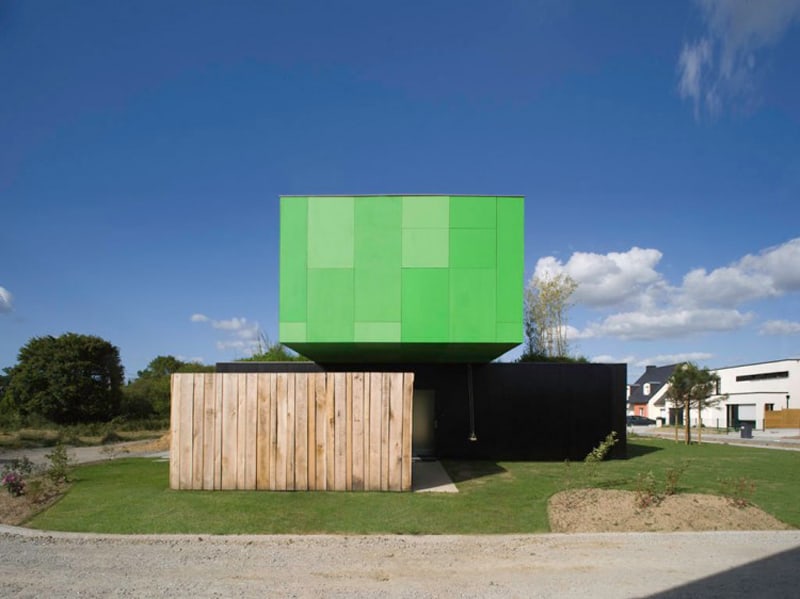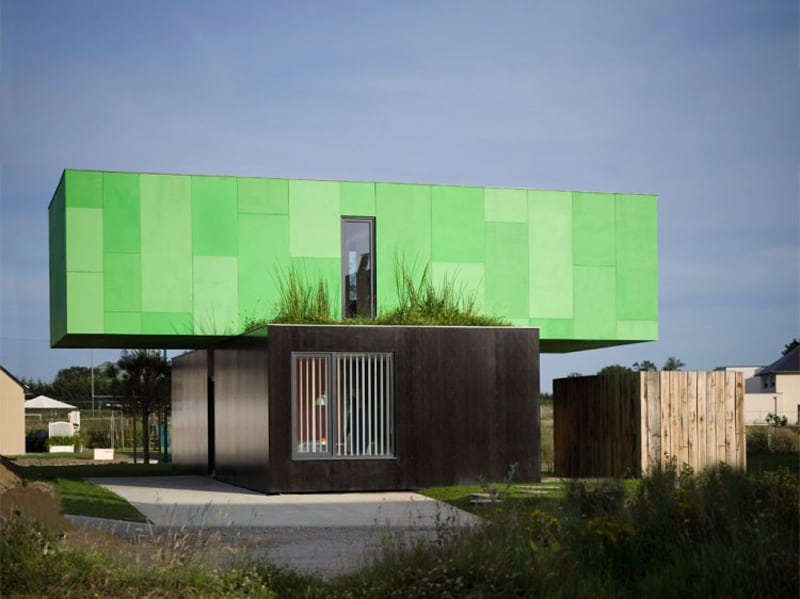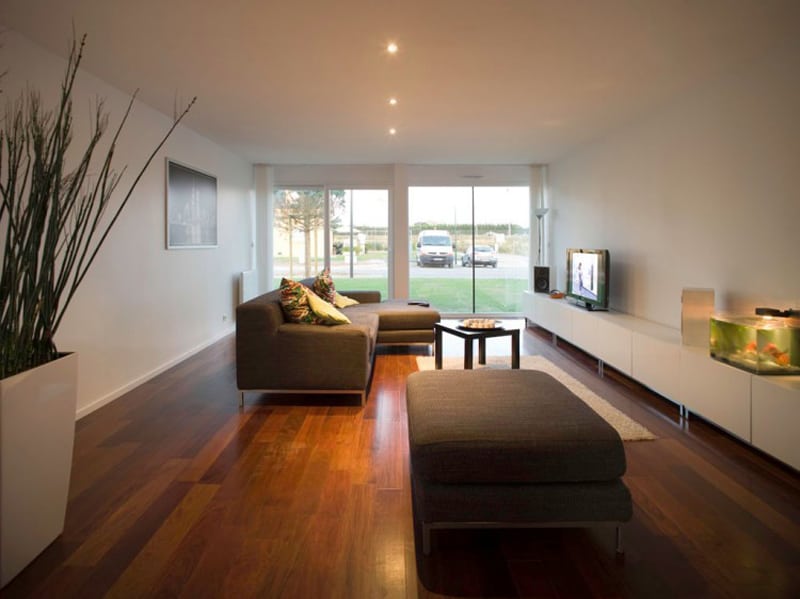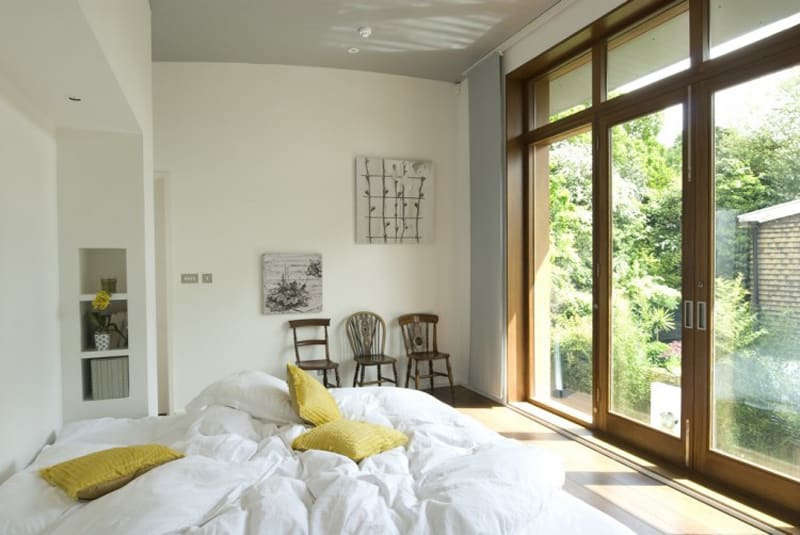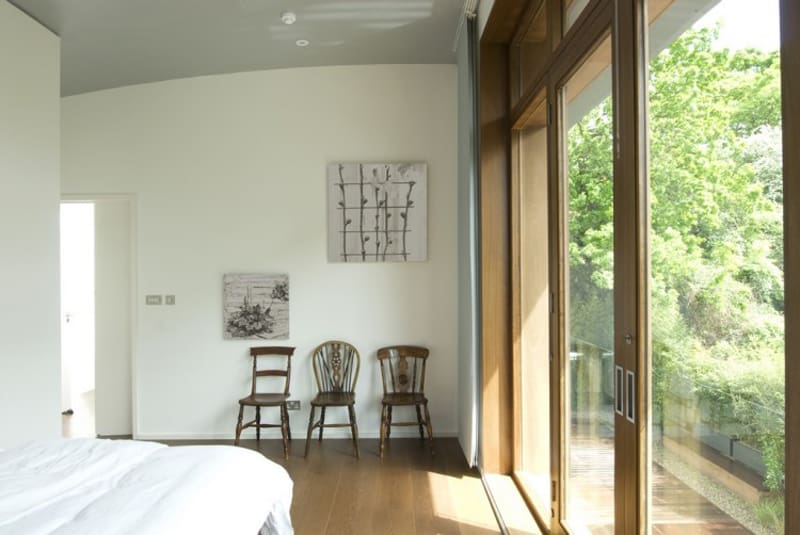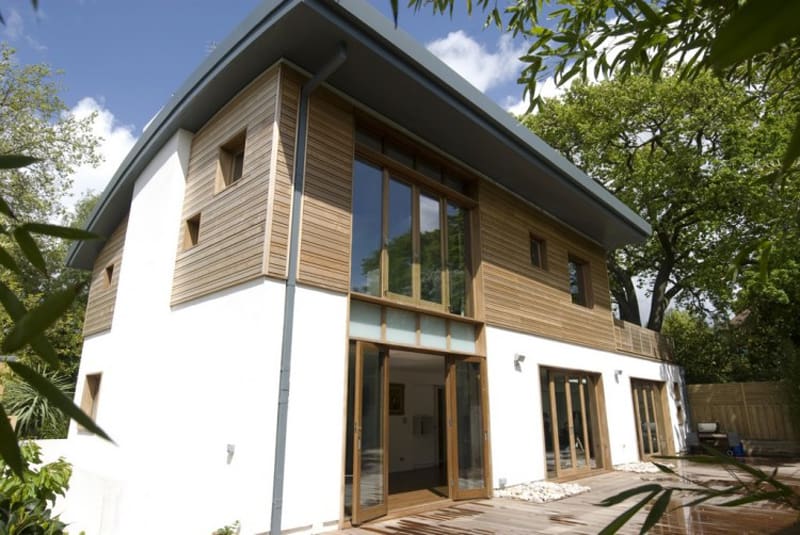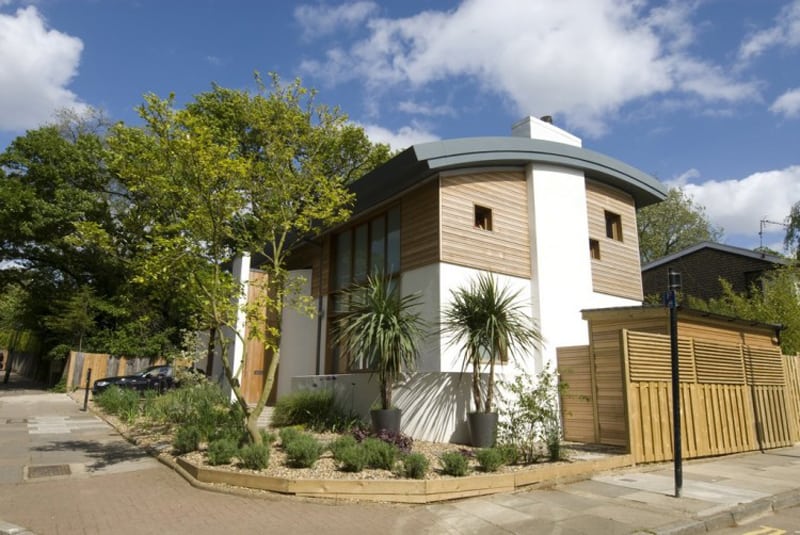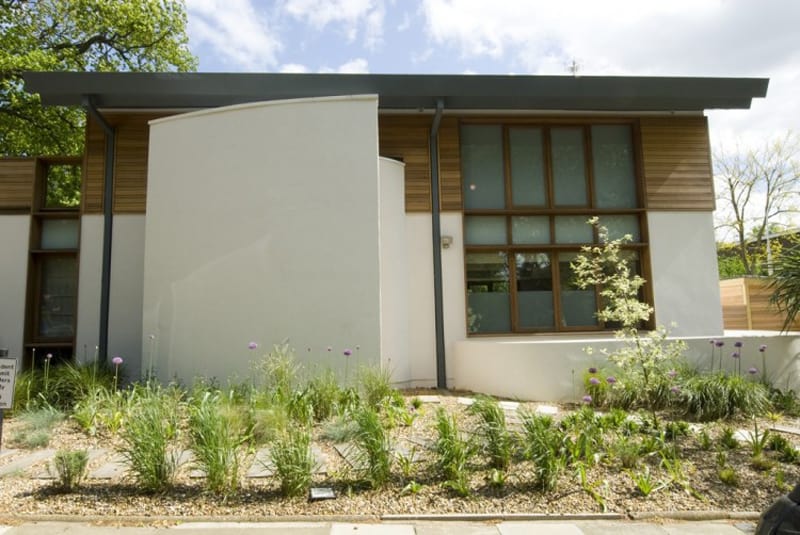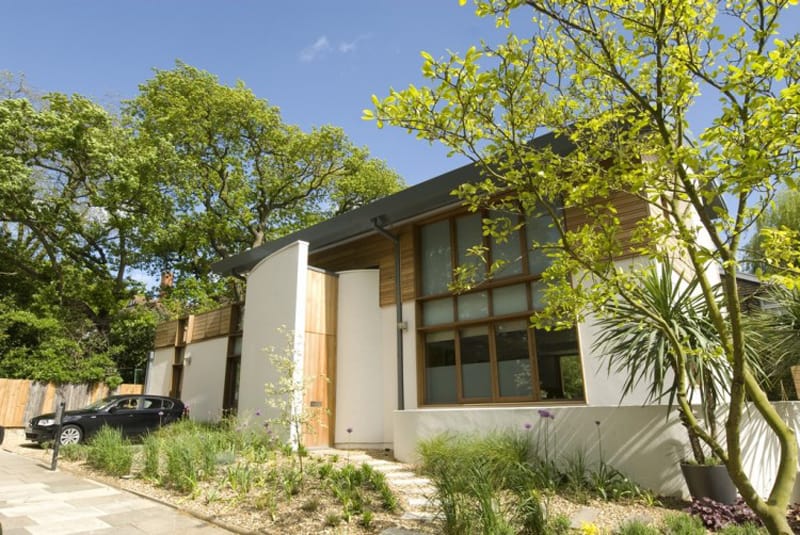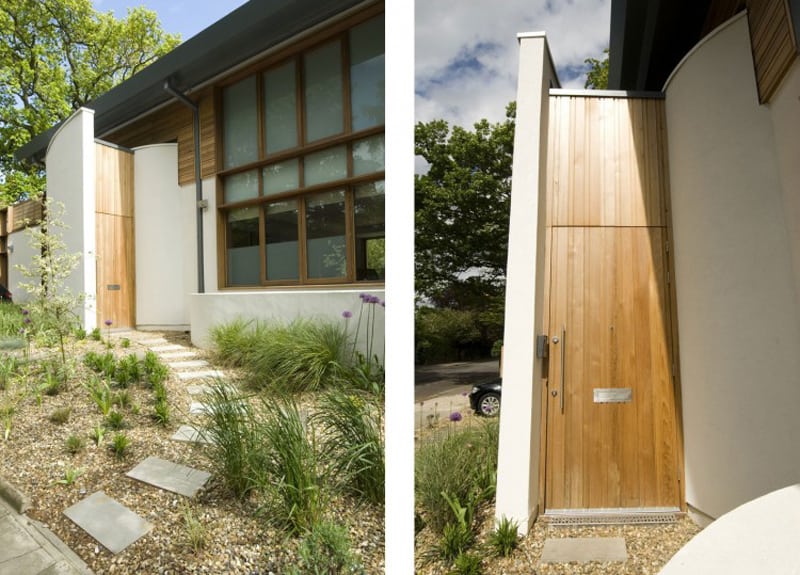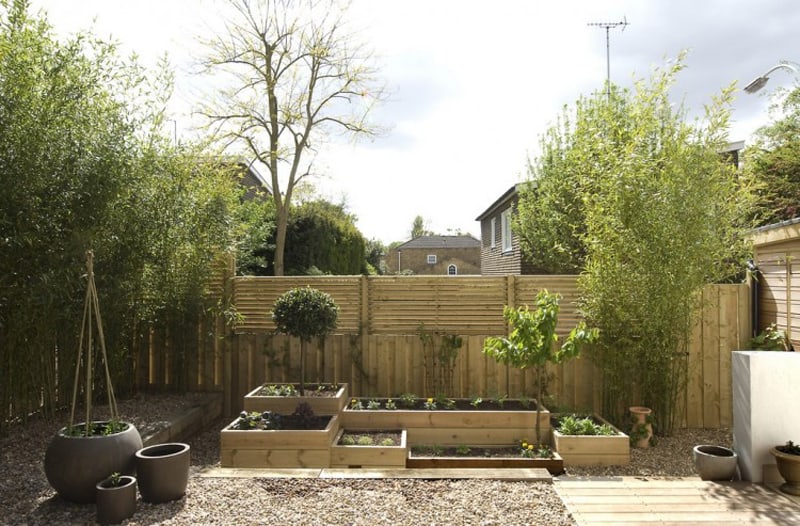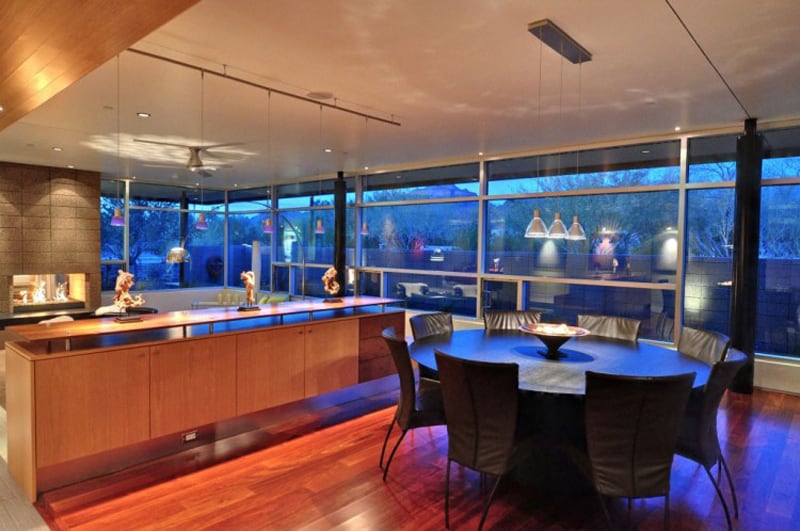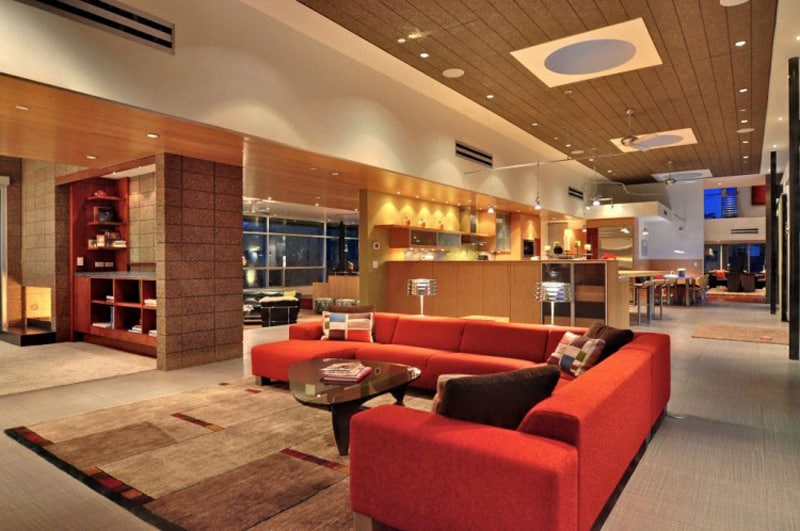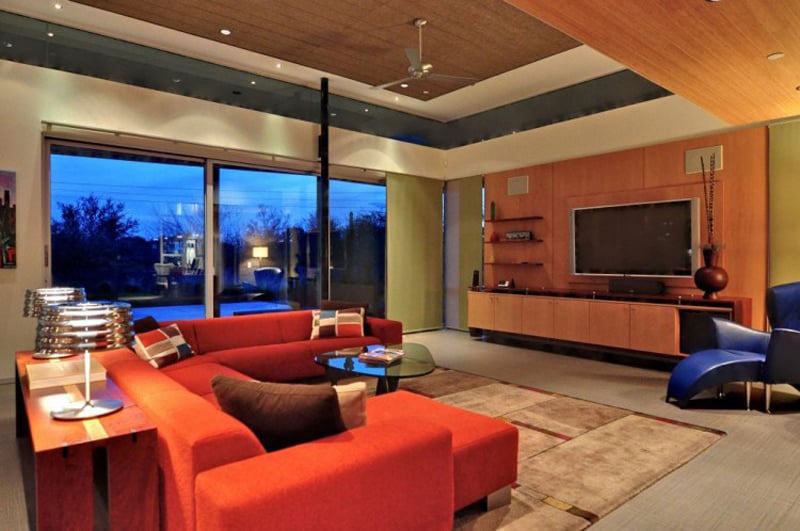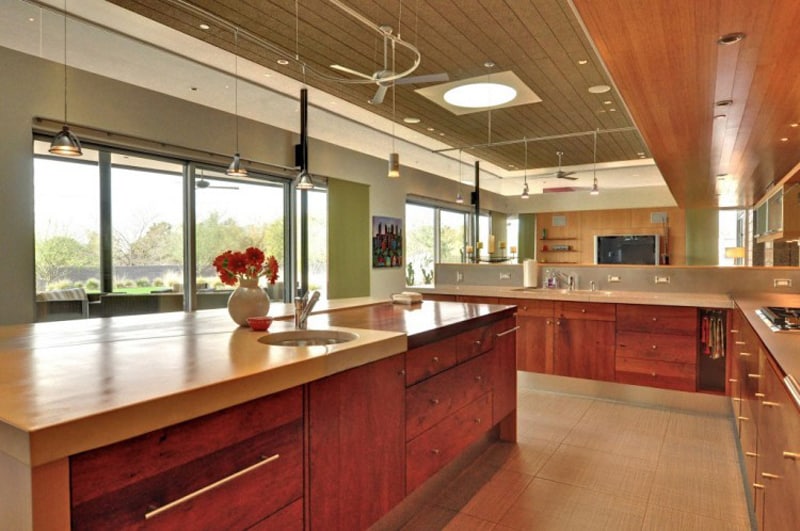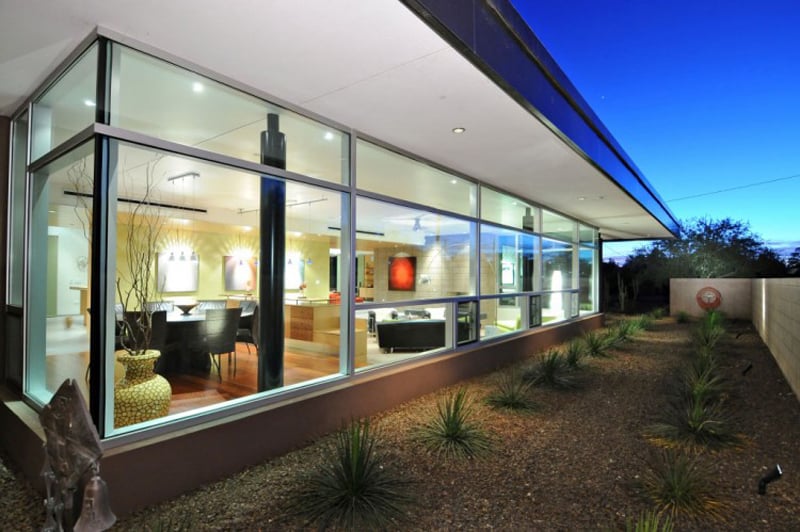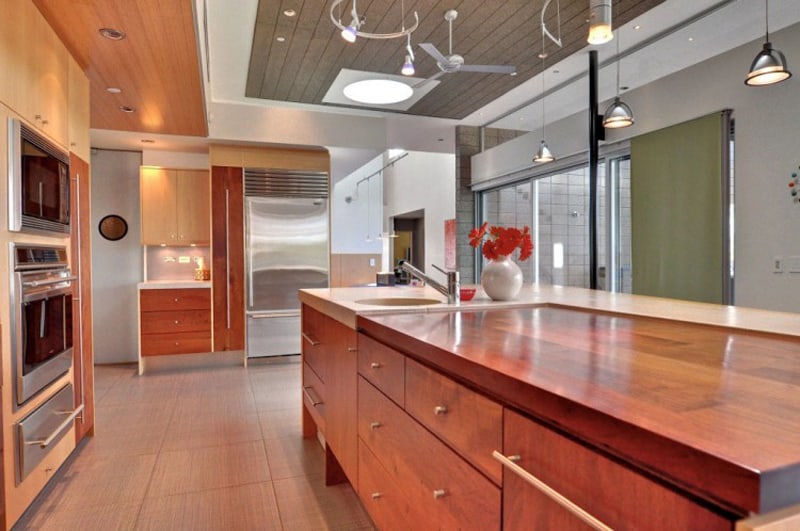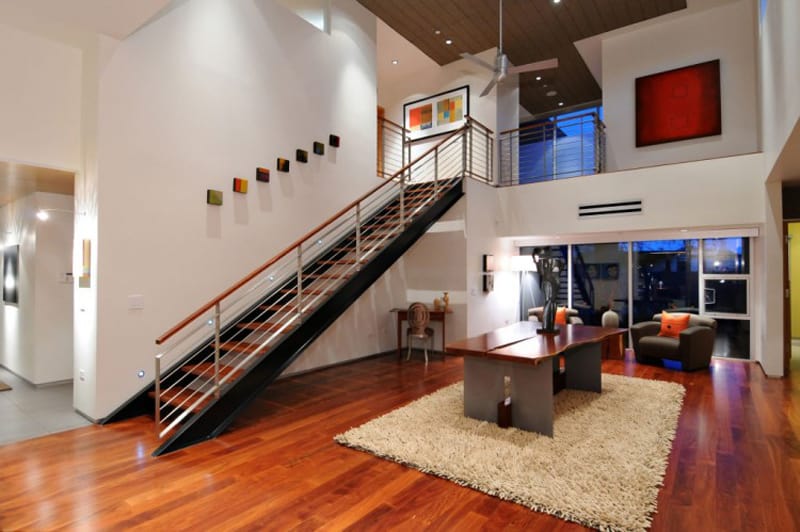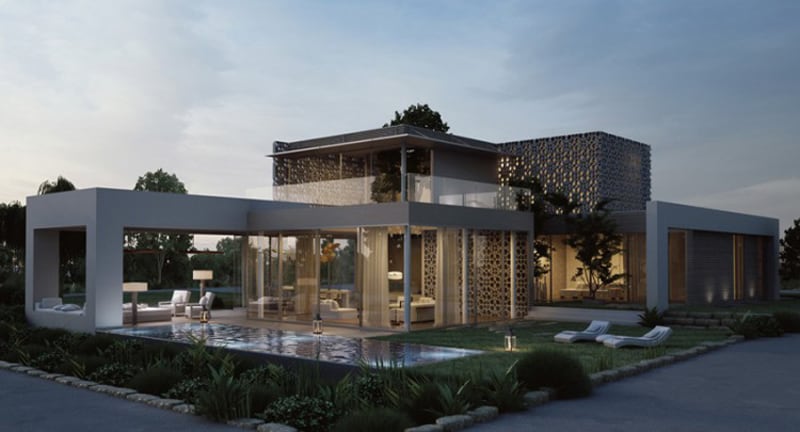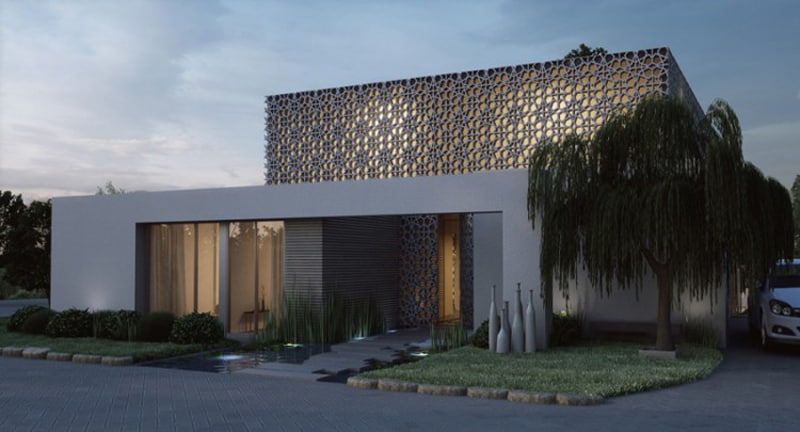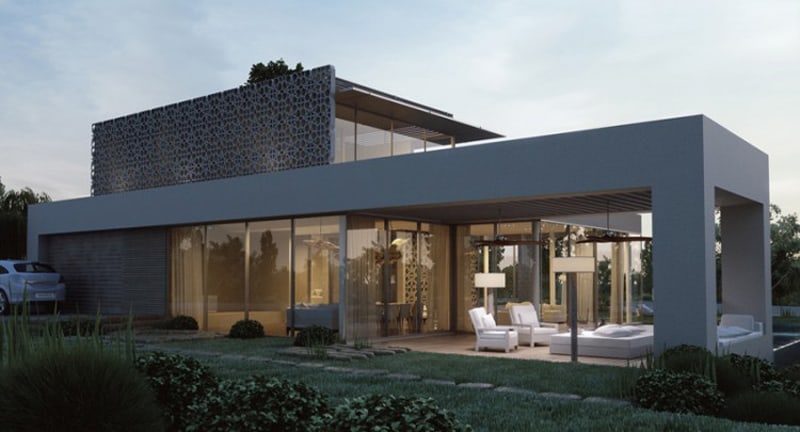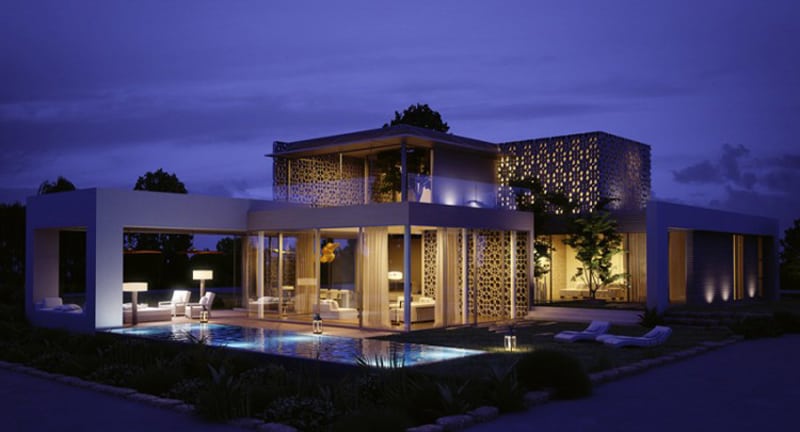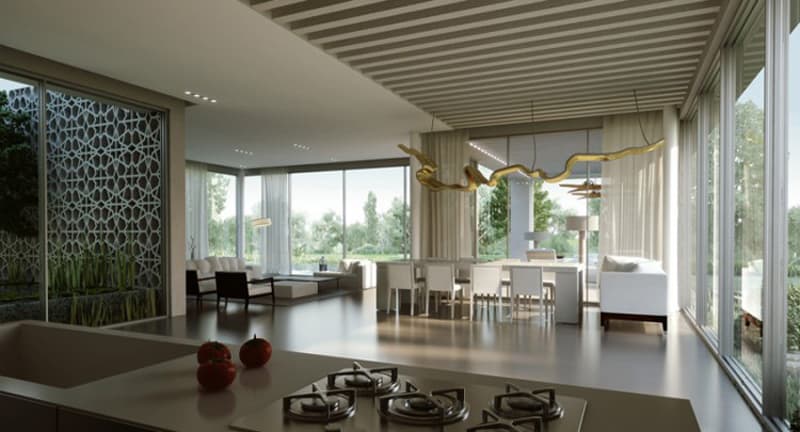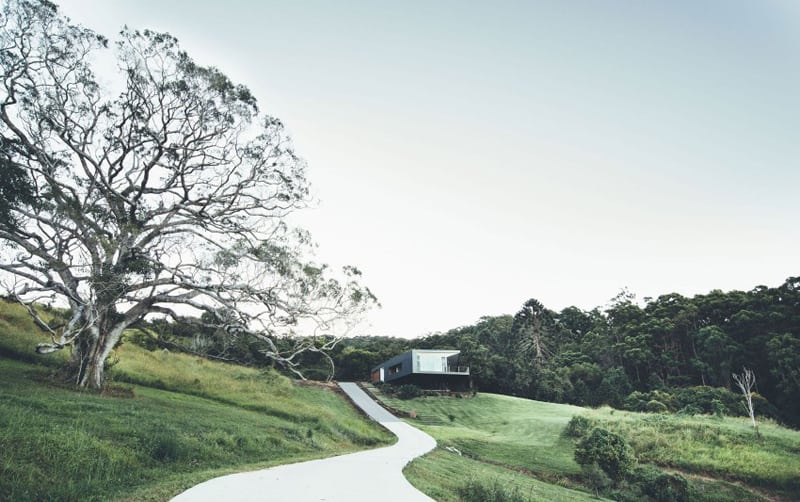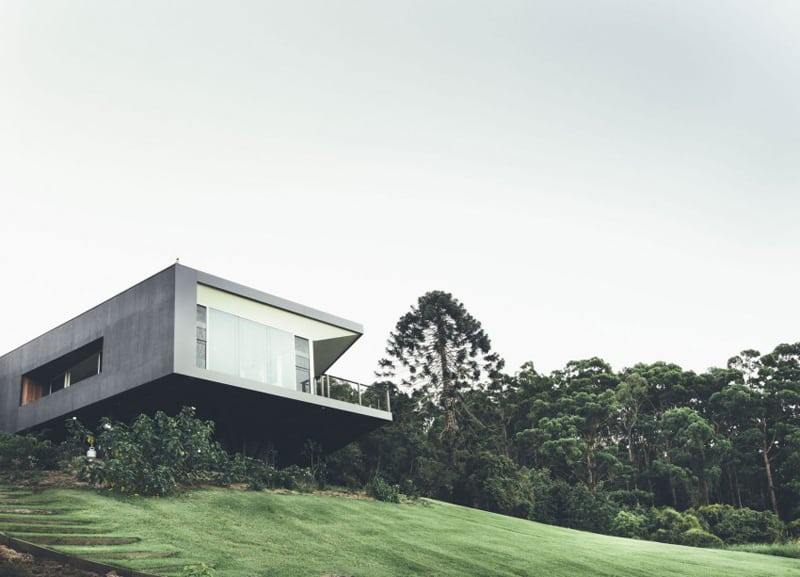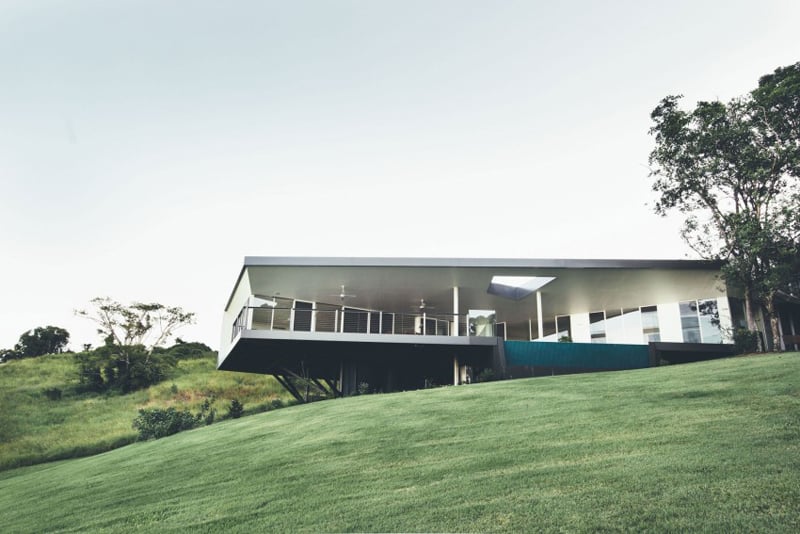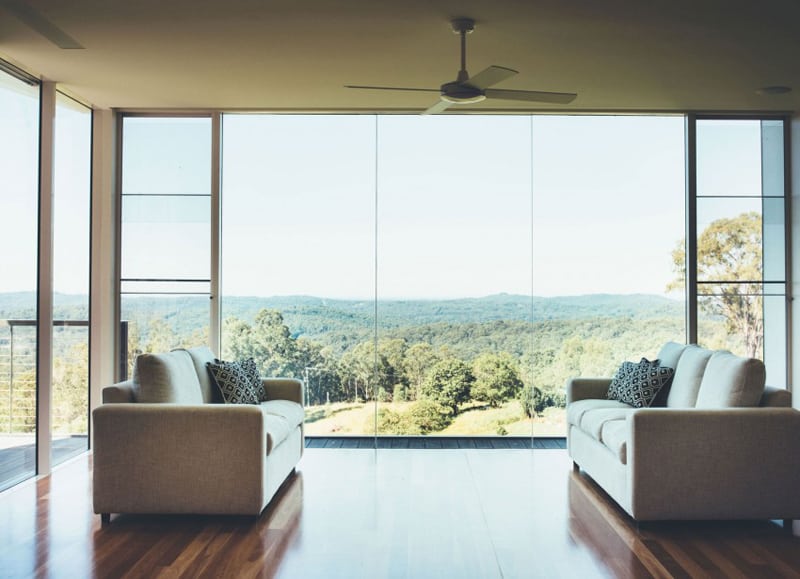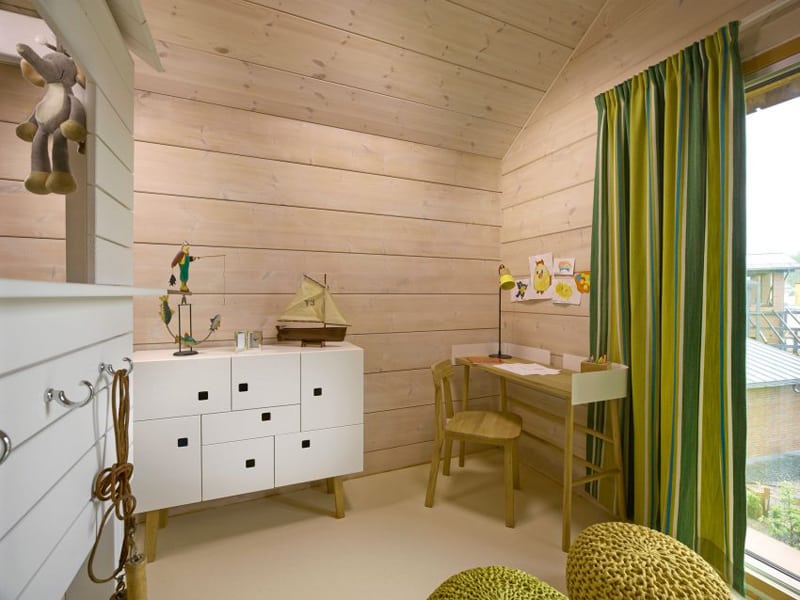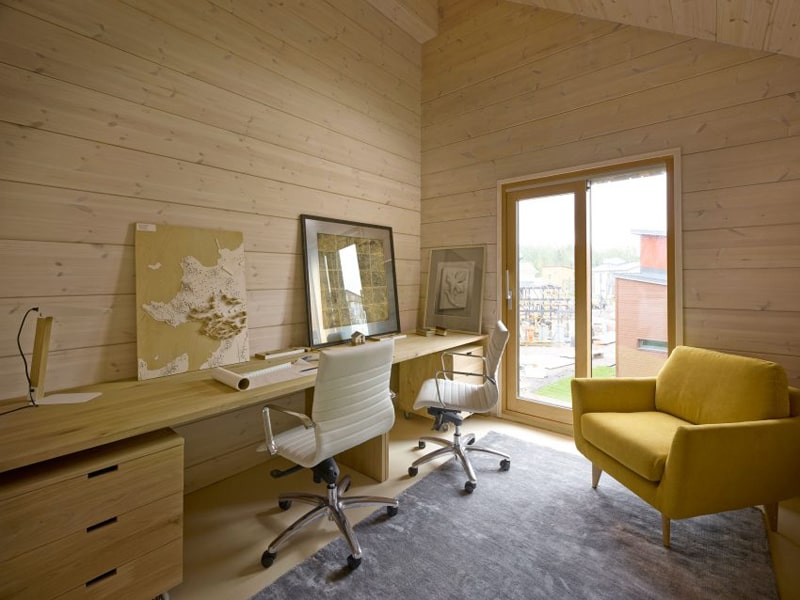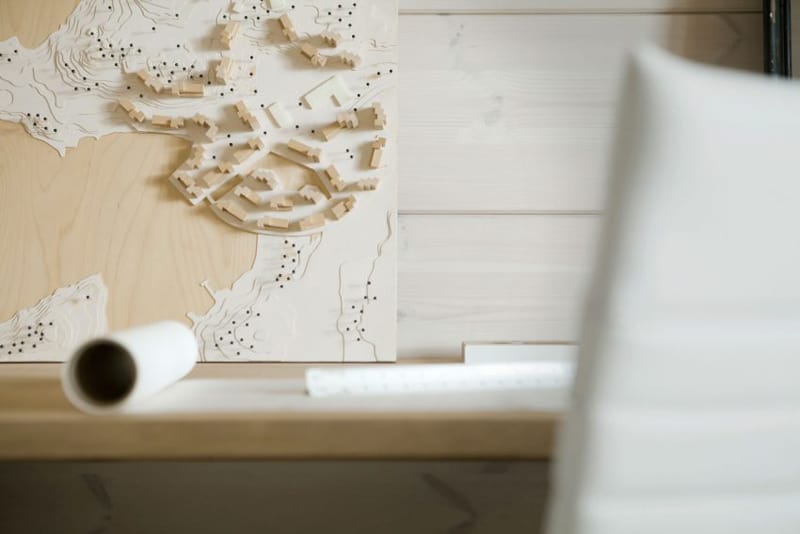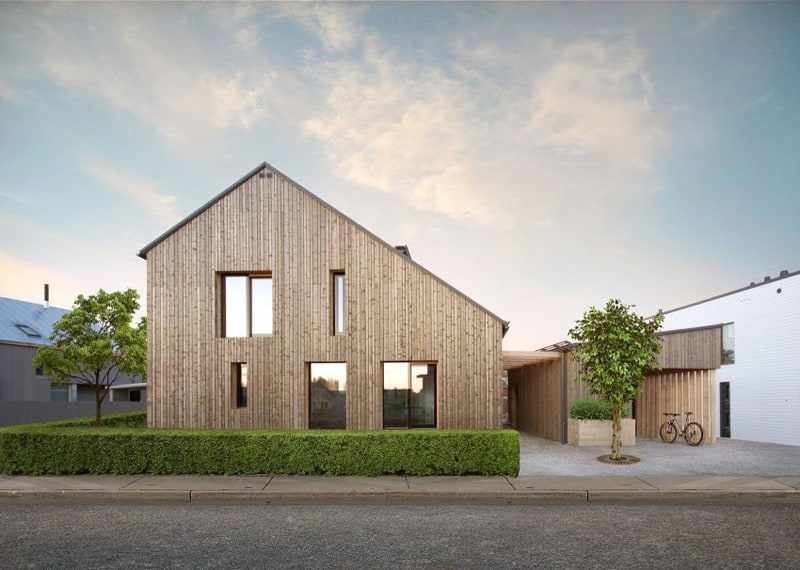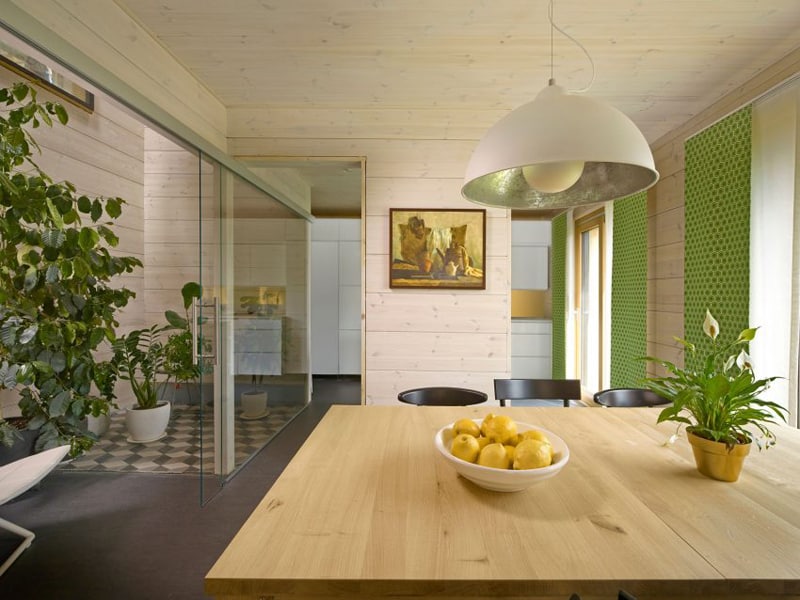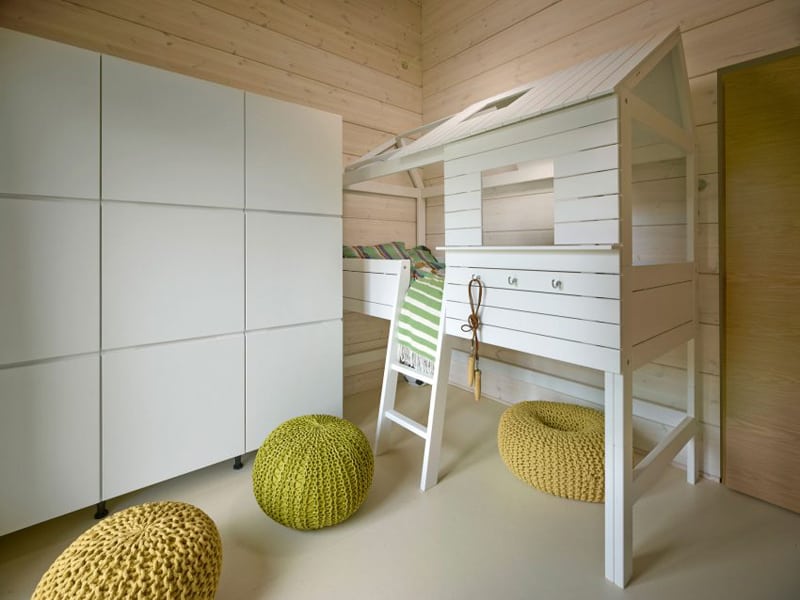What does your dream house look like? Is it covered in solar panels? Surrounded by plants? Flooded with light? Maybe it’s all about location–tucked into the forest or perched on the coastline. It can be a mobile home or an eco friendly home? Our homes are more than just steel and wood. They represent a place of belonging, a place where we rest, gather and make memories. We’ve recently spent more time thinking about our home, and how it can reflect our values. We want a home that allows us to reduce our environmental footprint and live more simply, while at the same time being a space where we love to spend our time. As the effects of climate change are felt across the world and with the construction industry is responsible for as much as 40 percent of man-made carbon emissions, both governments and individuals are beginning to take the task of building eco friendly houses much more seriously.
In the last decade, eco products have become all the rage as people make an effort to be kinder to the environment, as well as their wallets. A green home is a type of house designed to be environmentally friendly and sustainable. And also focuses on the efficient use of “energy, water, and building materials.” Green homes have become more prevalent as green affordable housing emerges.
These 10 Eco Friendly Homes with Dreamy Interiors You’ll want to Hide Away In Forever inspire us with their future focused attention to simplicity, design and care for the planet.
Eco Friendly Homes – Designs, Concepts and Ideas. Take a look at these examples, all of which are a feat of architectural brilliance. Enjoy!
1. Eco Friendly Retreat in Ontario by Altius Architecture
Toronto-based studio Altius Architecture has completed the Cliff House project in 2009. The 3,200 square foot cottage is located in Muskoka Lakes, Ontario, Canada. Designed for an off-grid property, this house is covered by a green roof, an is equipped with photovoltaic panels and a hybrid wood/solar radiant heating system. Living lightly on the site was important to the owners due to their strong mandate for sustainability. As a retreat from urban life, the desire to become completely self sufficient and independent from external infrastructure became critical in the design of a completely off grid residence. A two tiered approach is implemented to take advantage of both passive strategies which work to reduce energy loads and augment comfort so that the active strategies are sufficient to provide for the remaining energy needs. Energy efficient design in this case is not divorced from the experiential qualities of the dwelling but is used to enhance the unification of building to the landscape for the pleasure of its owners.
2. Gordon Weima Designs a House Addition in Ottawa
House Addition is a stunning, homey residential project located in Ottawa, Canada. It was completed in early 2016 by architectural and interior design teams associated with Gordon Weima. Besides being pleasantly roomy for a city home, this house manages the perfect blend of coziness and contemporary.
3. Thomas Eco-House by Designs Northwest Architects
Stanwood-based studio Designs Northwest Architects has completed the Thomas Eco-House project. This contemporary home sits on a on an 11 Acre site in the Cascade foothills in Stanwood, a city in Snohomish County, Washington, USA. The client showed an early interest in energy efficiency and sustainable low maintenance design. These goals guided the entire design process. The house uses insulated concrete form (ICF) construction which consists of two layers of rigid form insulation between which concrete is poured. The insulation remains in place on both the interior and exterior creating a very efficient and airtight wall system. ICF construction results in a 44% reduction of required heating energy and 33% reduction of required cooling energy when compared to a wood frame house of equal size. The ICF also allows for an easy application of stucco directly over the exterior insulation. This provides a durable long lasting and low maintenance finish.
In order to improve efficiency for heating and cooling, the house uses a geothermal heat pump tied in with a hydronic heating system. The system uses air from a subterranean chamber which uses the insulating properties of the earth to provide a more stable temperature for operating the heat pump. A geothermal heat pump can be up to 45% more efficient than a traditional heat pump which uses ambient air. The heat pump is tied in with a high efficiency boiler which supplies heated water through a piping system embedded in the concrete floor. This hydronic heating system uses an estimated 30% less energy than an equivalent forced air system. The house is also wired to receive solar panels and or wind turbine energy though these were not installed at this time due to budget constraints.
4. Eco-Friendly Crossbox House by CG Architectes
The Crossbox by French Architect firm Clément Gillet Architectes is an eco-friendly prefabricated single family residence (1,120 sq ft) located in Pont Péan, France. The house has been made by recycling old shipping containers and making them livable.
This project is a prototype of a Three-dimensional modular and industrialized house, built with four 40’shipping containers. The aim of this project is to build a low cost architect’s housing with high focus on environmental issues. With a industrial approach, the construction time is reduced, as the prices are getting down.
Each volume presents a very simple design: living area on the ground floor, and three bedrooms on the first floor. The crossing of the two boxes provides a covered entrance and a carport.”
5. North London Eco House by SHH
London-based studio SHH has designed this eco-friendly two story residence in the North of London.
The 3,000 square foot home was designed for a couple and their two young children, and has won the International Design & Architecture Awards 2010 in the Eco House category.
According to the architects: “A new-build £1.1m house in North London for private clients, which seeks to go beyond the legal requirements for green and energy-saving technologies in new-build properties and to embody the best in stylish but eco-friendly contemporary housing solutions. These included solar panels to heat water; a geo-thermal heat pump with boreholes, which uses the natural underground earth temperature both to heat and cool the house; a rainwater harvesting system, which reuses water for irrigation and WC flushing; improved building fabric U-values; energy-efficient lighting and a cedar terrace deck with sedum planting around the perimeter. The brief for the scheme was to create the ideal family home for a couple (with two young children), who had always wanted to have a home built from scratch to answer their precise needs.
6. Energy Efficient Contemporary Home in Phoenix
This 5,981 square foot two-story residence was for sale in 2011, for $2.2 million is located in the Alta Vista Park community in Phoenix, Arizona. Built in 2005, the four bedroom, four bath house “is a glass box yet entirely private, central yet quietly tucked into this neighborhood which features the best collection of modern architecture in all of Arizona.”
7. Eco-Golf House 3D Rendering by Studio Aiko
Founded by Yair Alony and Meny Hilsenrad, Studio Aiko is a dynamic studio specializing in a wide variety of CG content and visual effects. The Eco-Golf House project was designed for Do Architecture in 2010.
8. An Eco-Friendly Home in a Village Close to the Sea in North Holland
The W.I.N.D. House is a private residence designed by UN Studio.Completed in 2014, the home is located near the sea, in The Netherlands. Located on the outskirts of a Dutch village and close to the sea, the house is backed by a wooded area and fronted by an open expanse of polder landscape. The design of the house responds to both its setting and to the seasons. The more intimate working and sleeping areas are located towards the back, where the enclosure of the woods provides an intimate setting, while the living areas enjoy panoramic views of the polder landscape to the front.
The elevated position of the open plan living areas enhances the views to the exterior. Each of the four facades, curve towards the inside to create four distinct petal-like wings. These curving recesses are visually connected to each other through their view lines, which cross at the heart of the building. The vertical organisation of the building follows a centrifugal split-level principle. An open staircase at the centre of the house connects the front and back wings.
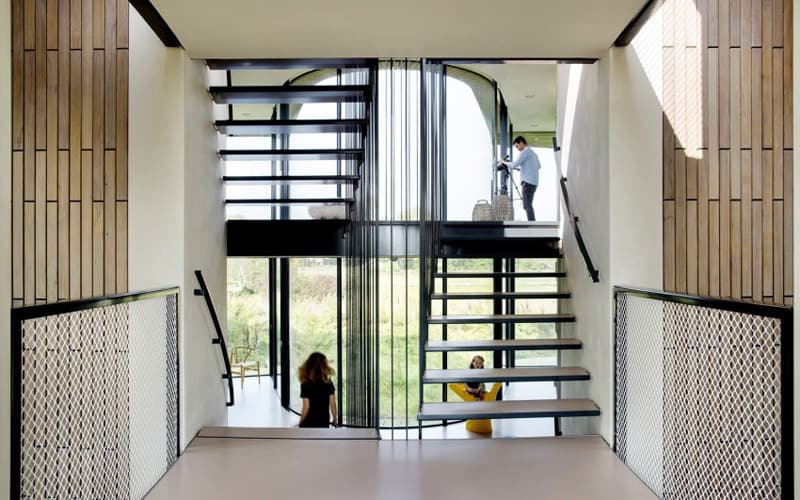
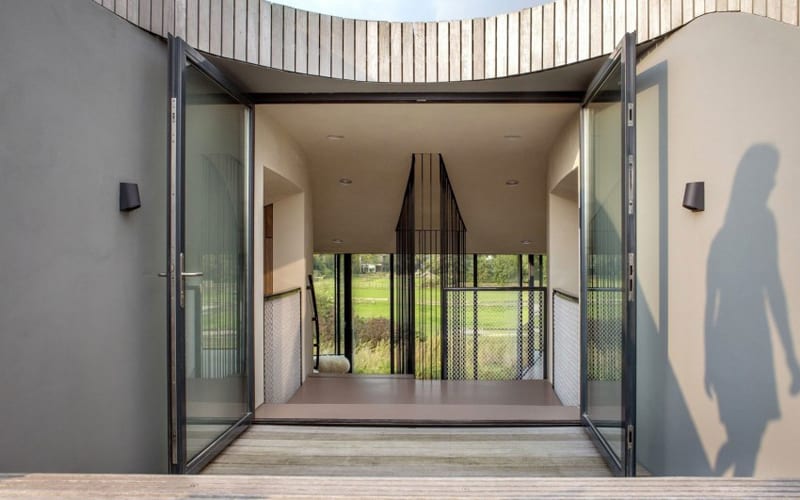
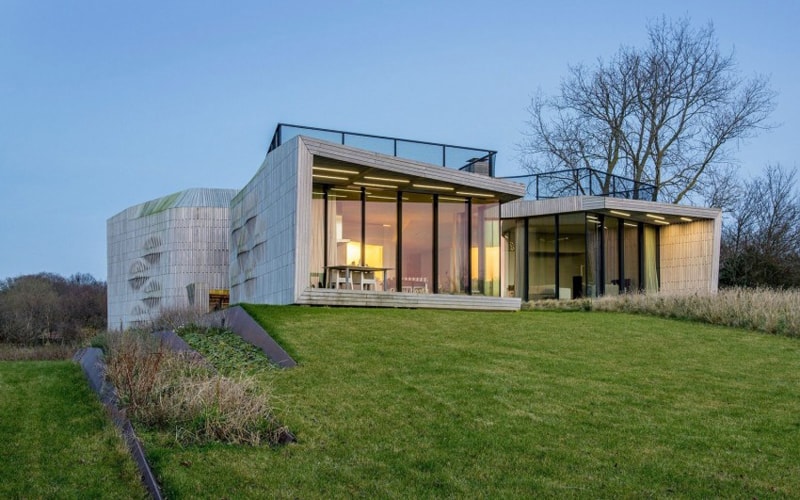
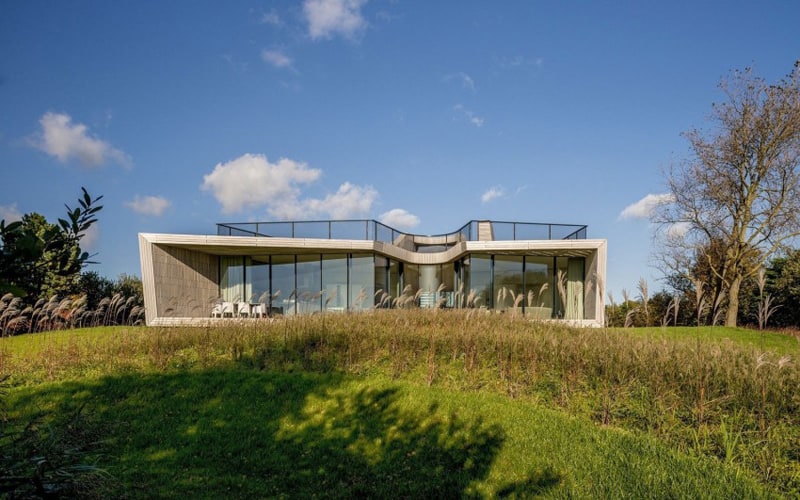
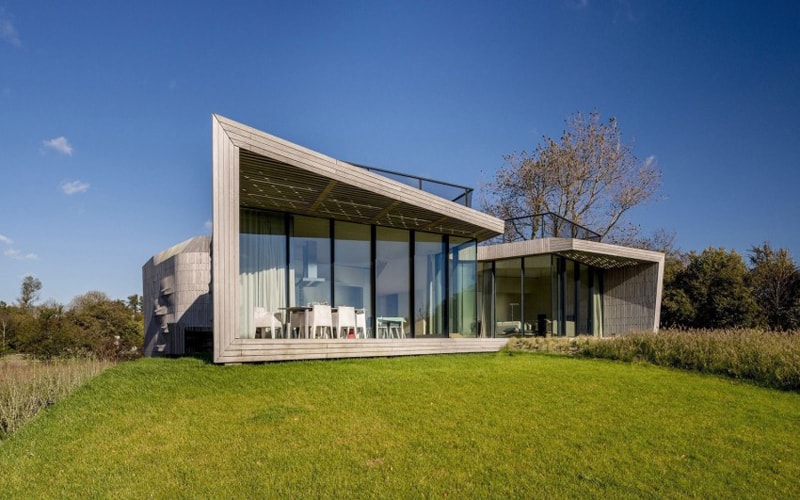



9. An Eco-Friendly Home on the Sunshine Coast
Stealth House is located on the Sunshine Coast, Queensland, Australia. Completed in 2015, it was designed by Teeland Architects. The land was situated high up on a ridge with undulating rainforest, creeks and waterfalls. The property faced east with panoramic views out to the pacific ocean. The public areas of the house, such as the kitchen, dining, living and entertaining open up towards the deck and pool with ocean views beyond. The bedrooms and bathrooms are more private with intimate views back into the rainforest and creek to the north. The other challenge was this area of the hinterland had high land slip hazard potential. The area of stable land was limited for us to site the house. At the front of the house the land falls away steeply. Rather than having a series of long poles to support the building, our approach was to cantilever out the front of the house with a steel structure that anchored back into stable rock. This had the wonderful effect of the house appearing to float above the landscape. From there the building was designed to follow the line of the natural topography. The walls and roof of the building fold with the ground so the building reads as an extension of the landscape.
10. Modern Eco-Home for Three Generations in Vantaa, Finland
House Savukvartsi is a residential project that was built and designed by the architectural and interiors firm Honkarakenne in 2014. Its strikingly gorgeous wooden interior is lightly stained and finished but still looks natural enough for the knots in the wood to show across the surface from top to bottom. The monochromatic effect of having a consistent finish also makes the house stand out on the street in a wonderfully subtle way that lets the windows really stand out.

